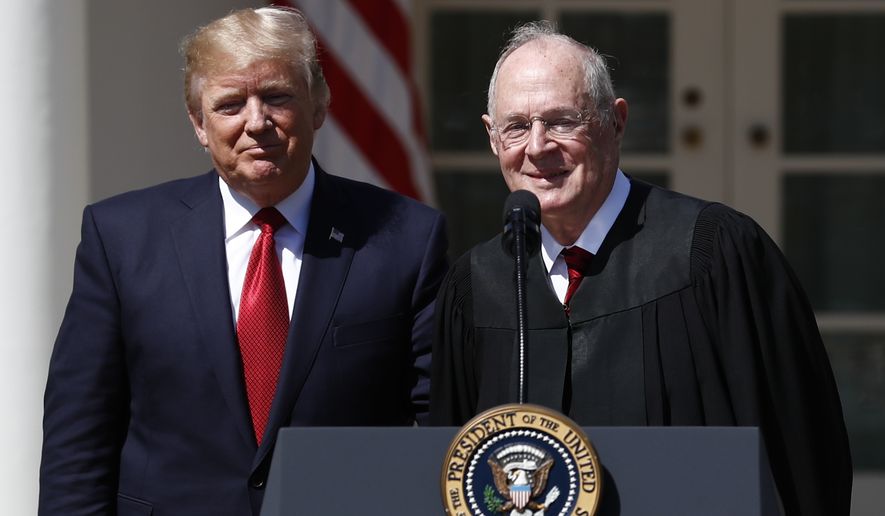It seems obvious the 2012 election will be really lousy. No one will primary Obama (I wrote both the national democrats and the democrats of washington state imploring them to consider whether they ought to challenge him and how I could help, to no avail) and it is inconceivable that any non-Romney candidate could win the GOP nod. While a number of dems are up for reelection in the Senate, it seems easy to believe that everyone hates Congress but thinks their congressmen are decent. So are we in for another four years of Hope? Or if the economy doesn’t spring to life, can we expect independents to vote Romney with their wallets?
There are a number of wildcards worth considering, I think. The Tea Party is still alive, and we saw a few dramatic races determined by their influence in 2010. Now we’ll also have whatever influence Occupy manages to express, and it still has half a year to organize in earnest before the legislative races heat up. At the very least, these forces could make things interesting, if not determining races in surprising ways. Consider influential seats won by the Tea Party (Marco Rubio, Rand Paul), as well as prominent losses (Sharron Angle, Christine O’Donnell). Indeed, O’Donnell beat a popular establishment republican, Michael Castle, in that primary, and he might have given the eventual winner, democrat Chris Coons, a run for his money. I’d expect similar dynamics this year.
Then we have Americans Elect, an online electoral party. While it appears to be run by some shady, monied interests, it does promise to be perhaps the most open and transparent party in history. In all likelihood, nothing will come of it since most folks won’t have heard of it come election day and will throw in with the same tired two-party duopoly, but they do claim to be well on their way to securing ballot access in all 50 states. With the kind of money they have, they might well eventually be perceived as a force to be reckoned with by September, and it is still unclear how the Americans Elect party will even decide its ticket.
But perhaps most significant, there are two important cases pending before the Supreme Court that will be decided before the election. Less important on the national stage is Arizona’s immigration bill, SB-1070, but it will be interesting to hear Obama argue it, and either way the decision is going to piss off a lot of people. More interesting is Obamacare, where the Court will decide on the individual mandate and whether its constitutionality could kill the entire law. No matter what, this issue is bad for Obama. Suppose the bill is upheld. This will further enrage the right-wing and small-government zealots, who might just answer the call to canvas for whomever the GOP finally settles on in order to prevent four more years of creeping Islamic socialism. Suppose the bill is partially or totally killed. Obama already has a problem with his base, and the health bill was virtually the only major legislation he managed to pass. It’s death in a 5-4 decision could be enough to disillusion just enough supporters that their man can get anything done in this climate, and they might just sit at home in November. Either way, Obama has got to be running scared at this point.
And now consider again how lousy the GOP field is. The base has been sailing from one sweetheart non-Romney candidate to the next. Romney should be cleaning up, but he is so reviled that his eight-vote Iowa victory was more like an embarrassing loss to Rick Santorum, the gay-hater, of all people. And there’s virtually no one left. Gingrich seems like he is more bent on revenge, inviting Romney to ‘cut the pious baloney’ at today’s debate, than winning what he must realize is now an unwinnable nod. Perry is too stupid to leave now even though it must be obvious he has no chance even in South Carolina after his loss in Iowa and inevitable rout in New Hampshire, where he has roughly 5% support according to a recent Ramussen poll. He’ll be gone just like Bachmann by February.
What is certain is that Ron Paul will not be allowed the nomination by the republican elite, and he is doing a lot better now than he was four years ago. Many of his supporters are not republicans, and even the ones who are would surely vote for him on a third-party ticket before voting Romney. Paul’s incentive to leave the party once it becomes inescapably obvious that he won’t be their guy at the convention will be high since he could do well as the libertarian nominee. While that would help Obama more than Romney, a number of disaffected progressives would probably sooner vote for Paul, or not at all, than for Obama. After all, Paul says all the right things about civil liberties and wars that made for great talking points against Bush before it became a democrat doing all the same things. But his own racist and anti-choice positions will be disqualifying for many who would otherwise turn to Obama.
If I had to call the election today, I’d say its a nailbiter of a win for Obama. But I think things will look a lot different by the summertime conventions, and it will be interesting to watch events unfold. Santorum’s recent surge is probably not unlike the similar week-long spikes his other minor opponents enjoyed throughout the fall, but the difference now is that the time for fooling around has passed. Momentum he gets from the caucuses and primaries could matter a lot more since there aren’t any non-Romney candidates left (excluding Huntsman, Roemer, and maybe other folks I haven’t even heard of) and there’s no more time to dally. It’s just too soon to tell.



